Next Generation Shipping Solutions
BOAT AI aims to deliver wind kite systems that cut cargo ship fuel use by up to 40%, and in return, ships burn a portion of their cost savings in tokens—creating a powerful loop where wind energy drives real-world efficiency and token scarcity at sea.
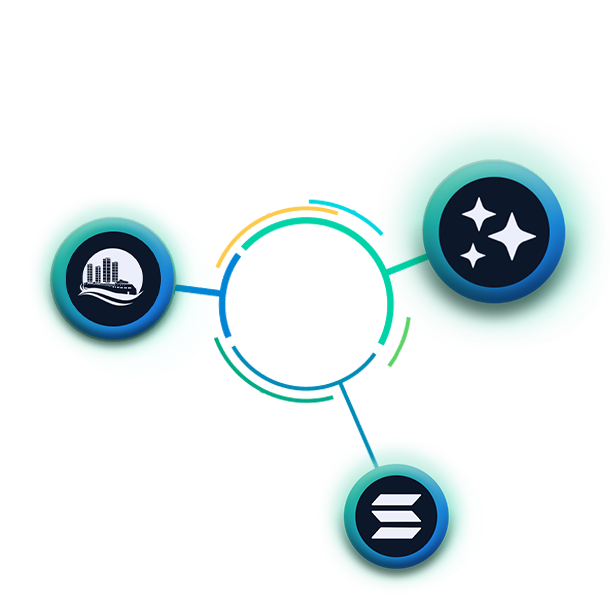
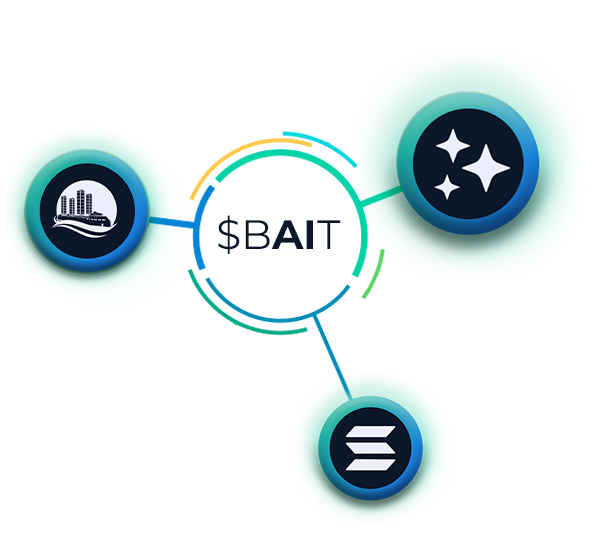
$BAIT
What is BOAT AI?
Revolutionizing Maritime Shipping on the Solana Blockchain
BOAT AI is a crypto-powered green tech initiative transforming maritime fuel savings into token scarcity. Shipping companies apply to receive cutting-edge, open-source kite sail systems by submitting their route data, wind current profiles, ship design CAD models, and load information. Using advanced analysis, BOAT AI identifies the most optimal ships to outfit with wind-assisted sail tech.
In exchange for the sail installation, selected ships agree to purchase and burn $BAIT tokens equivalent to 50% of the fuel and energy savings generated by the kite system. This mechanism directly links real-world sustainability to on-chain scarcity—driving adoption of renewable maritime tech while creating long-term value for the $BAIT ecosystem.Crypto Features
These features make BOAT AI a unique and innovative solution in the blockchain and maritime sectors.
Aggregate Ship Data
Ship operators submit route info, wind patterns, and ship design details to see if their vessel is a good fit for kite sail tech.
Install on Ships
The platform uses FOSS AI for real-time monitoring of shipping routes, fuel consumption and may outfit selected ships with open-source wind kites designed to improve fuel efficiency.
Burn Tokens from Savings
Ships agree to burn $BAIT tokens equal to a portion of their fuel savings—linking real-world energy efficiency to token scarcity without any upfront costs to the Shipping operation.
Fuel Consumption and Savings
Outfitting cargo ships with wind-assisted kite sail technology can lead to substantial fuel savings, translating into significant economic and environmental benefits. Let's break down the potential impact.
Average Fuel Consumption
Large container ships consume approximately 100 to 300 metric tons of fuel per day, depending on their size, speed, and operational conditions.
Potential Fuel Savings
Implementing kite sail technology can reduce fuel consumption by an average of 15–40%
Fuel Cost Savings
Assuming a fuel price of $600 per metric ton, a modest 20% reduction on a ship consuming 200 metric tons daily results in savings of approximately $24,000 per day.
Over a year (assuming 250 operational days), this equates to about $6 million in fuel cost savings per ship.
Scalability
With around 90,000 cargo ships worldwide, widespread adoption of kite sail technology could lead to industry-wide fuel savings and emission reductions.
Wind Assisted Shipping
BOAT AI combines cutting-edge AI, open-source systems, and parametric design tools to explore new possibilities at the intersection of maritime tech and blockchain innovation.
Open Kite Design
Open-source kite sail designs allow ship operators, engineers, and innovators to freely access, modify, and improve wind propulsion technologies, accelerating adoption and innovation across the maritime industry. By removing proprietary barriers, these designs foster collaboration and reduce costs, making sustainable wind-assist systems more accessible to fleets worldwide.
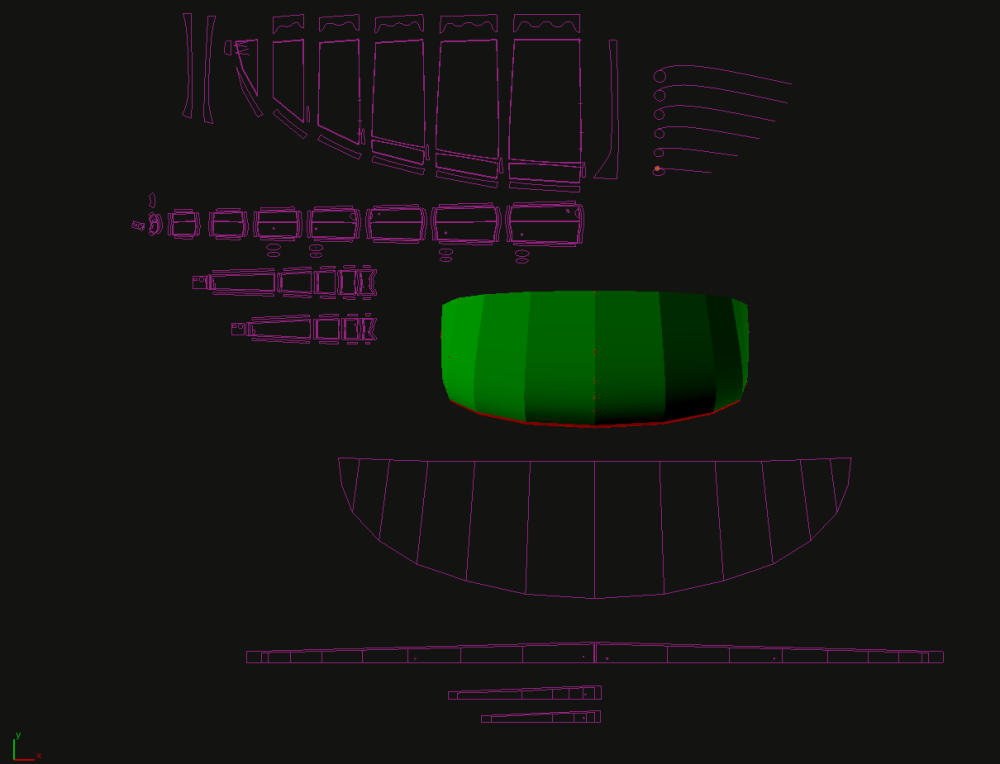
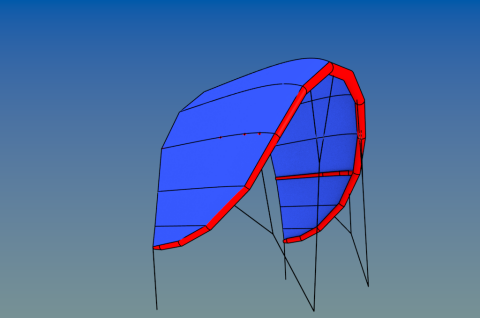
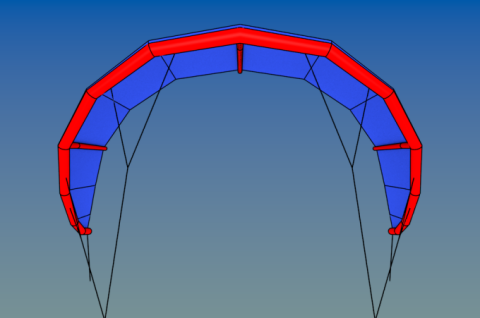
Wind Propulsion Simulations
Open Aerodynamic force models of Wind Propulsion Systems (WPS) simulate how wind interacts with different sail configurations, factoring in variables like wind speed, direction, and ship velocity. These models help determine the optimal size, placement, and type of kite or sail system by maximizing lift and minimizing drag specific to the vessel’s design.
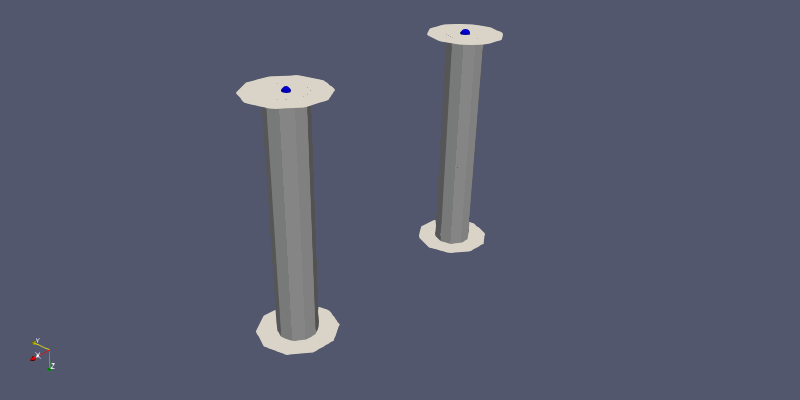

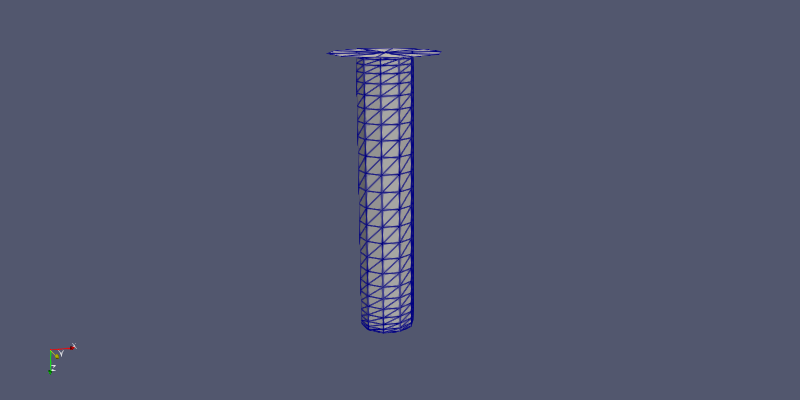
Open Robotic Control System
BOAT AI’s open-source Kite Control Systems explore how AI can help adjust sail position and tension in response to changing wind and ship conditions. These systems are designed to optimize performance through continuous feedback, while remaining open for further development and adaptation by the broader maritime and engineering communities.
Monitoring
BOAT AI includes an energy monitoring system designed to track changes in fuel consumption and performance before and after kite sail integration. This system helps collect transparent data on ship efficiency, providing insights that can be used for analysis, reporting, and potential token-related actions tied to energy usage.
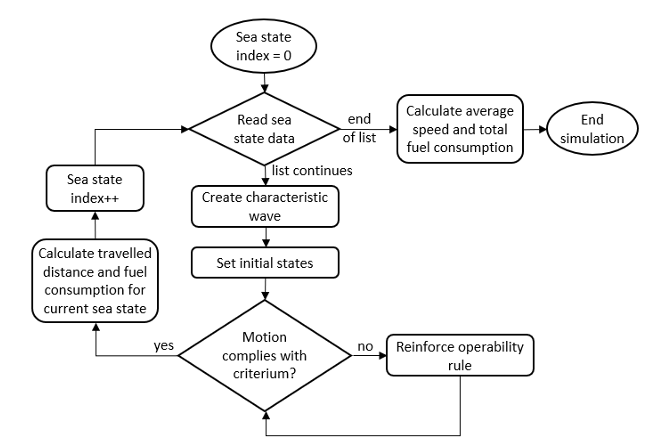
Cargo Kite Simulator
Click into the simulation below. Scrolling will be disabled on the parent page. Click outside or press "Escape" to restore scrolling.
Metrics
Total Supply
1,000,000,000
Blockchain:
Solana (SOL)
Token Address
3UtR811qM56KyFr9eSspec7x8ipw1KJ9uxiqDq7Gpump
How to Buy $BAIT
Follow these simple steps to get started with BOAT AI
Step-by-Step Instructions
1. Wallet
Download Phantom or your preferred wallet from the App Store or Google Play for free. For desktop users, download the Google Chrome extension by visiting Phantom.
2. Get Some Sol
Make sure you have SOL in your wallet to swap for $BAIT. If you don’t have any SOL, you can purchase it directly on Phantom.
3. Go to PumpSwap
Connect to PumpSwap. Paste the $BAIT token address and confirm. When Phantom prompts you for a wallet signature, simply sign to proceed.
4. Swap For $BAIT
Swap SOL for $BAIT and enjoy the journey
Road Map
The maritime industry is the backbone of global trade, yet it significantly contributes to global carbon emissions. Investment opportunities in eco-friendly shipping solutions have traditionally been limited to large corporations and institutional investors. BOAT AI aims to disrupt this model by providing a decentralized platform where individual and institutional investors can collectively contribute to sustainable shipping practices.
The BOAT AI platform combines blockchain technology with artificial intelligence to optimize shipping routes, monitor asset health, and maximize efficiency. By utilizing Solana’s high-speed and low-cost infrastructure, BOAT AI ensures efficient transactions and scalability.
- Onboard institutional investors.
- Expand the asset pool.
- Token sale and distribution.
- Build partnerships with logistics companies.
- Build and audit smart contracts.
- Install initial fleet of wind-propulsion shipping solutions.
- Integrate AI systems for asset management.
- Launch mobile and desktop apps.
- Expand Partnerships and Scale Operations.
